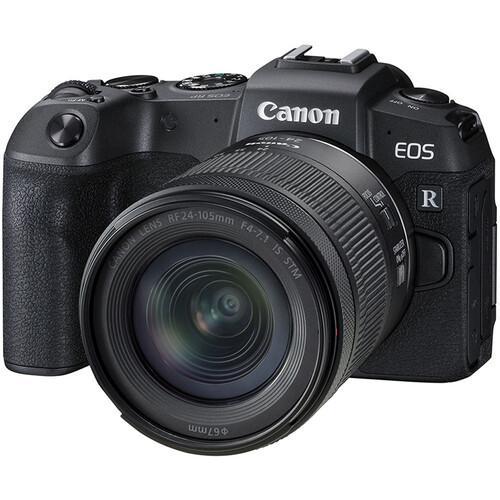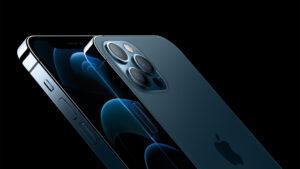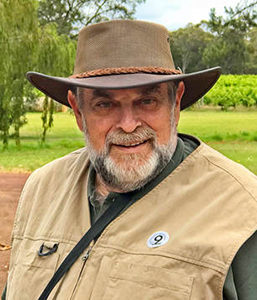Since you aren’t going on a vacation this year, this holiday season may be the time to upgrade your travel camera or smartphone. The leading companies, Canon and Apple, have ensured you’ll have devices to choose from that were only available to professionals as late as last year.
The newest consumer cameras have Auto controls that can evaluate a photo opportunity, decide in a fraction of a second what the settings should be, and produce flawless images when you click the shutter. The price of cameras with huge sensors – capable of creating poster-sized photos and photos of the proverbial “black cat in a coal bin at night” – has dropped sharply. A year ago, these cameras cost over $4,000. Now they are as low as $999.
Ditto for video equipment. Most videographers haven’t had the equipment or technical skills needed to attract thousands of YouTube viewers to their site, to see dozens of people in a religious fervor walking across beds of hot coals at a Singapore street festival. Now, software is available for those same consumer cameras with those large sensors, permitting anyone to capture those kinds of events.
The Canon EOS RP

Canon, the world’s largest camera manufacturer, decided to see what would happen if they took the full-frame sensor and the electronics from one of their professional camera bodies that normally sold for more than $4,000, and redesigned it to sell for $999. Likewise, they took a high-quality 24-105mm lens, that usually sold for more than $2,000, and redesigned it to sell for $299.
Redesigning these products reduced their weight by half. However, it also made it unlikely to tolerate the abuse that pro cameras made by Canon, Nikon, and Leica routinely take.
The result of Canon’s efforts is the new Canon EOS RP, costing $1,299 and weighing just 2 pounds. A full-frame camera that’s comes with a 24-105mm zoom lens, it can replicate most of the travel shots made with a $6,000 Canon professional body and lens, except that it doesn’t work as well in very low light, or in rainstorms or riots. Spend about $240 on a Canon All-Risk Insurance Policy, $250 on a faster, more compact lens, and photographing a riot in a rainstorm becomes possible.
Expect to see a lot of Canon RP’s on your next cruise or trek, as well as similar cameras that are sure to be released by other leading manufacturers of pro gear, especially Nikon and Sony. The Canon RP also has video capabilities that were only available on $10,000+ professional equipment five years ago.
Canon knows what it’s doing in mass-producing cameras that are much less expensive, lighter, and can do nearly everything a pro camera can. Because the EOS RP accepts all the lenses and accessories of its professional brethren, I’ve already nearly doubled the price of my RP by buying Canon insurance and two additional Canon lenses. They have also captured a photo enthusiast (me) who “invests” in some new gear before every cruise.
The Apple 12 Pro Max Smartphone

According to many millennials, the era of stand-alone cameras is gone. They want a camera that fits in their pocket or purse, and does lots of other things as well. They favor smartphones as their camera-of-choice.
That makes sense, especially in a COVID world, where your smartphone will likely contain your travel documents, and reservations, a currency converter, your most recent COVID test results, and (oh yes) your means of calling home.
All the smartphone manufacturers have a top-of-the-line model with advanced photo capabilities. This year, the phone that everyone wants to see is the Apple iPhone 12 Pro Max. The “Pro” in the name says this model is intended for photographers. The “Max” says it’s Apple’s largest and most advanced phone.
The Apple 12 Pro Max phone can’t even be ordered until November 6, and “hands-on” reviews are embargoed until then. Deliveries are scheduled to start November 13, and Apple will likely be swamped with orders. This is despite the fact that no one outside the company knows the exact specs. What we do know is included in the next few paragraphs.
The iPhone 12 Pro Max actually has four cameras: One on the front for selfies and three are on the back. The cameras on the back include one with a wide-angle lens for landscapes and groups; one with a “normal” lens for most photos; and one with a new telephoto lens that can get things five-times (5X) closer. Since most normal lenses are around 50mm, this would make the telephoto the equivalent of a 250mm lens. Does anyone know how Apple has fit a 250mm 7-element zoom lens into a camera body that’s about a quarter-inch thick? I don’t have a clue.
Other firsts for the iPhone 12 Pro Max are the “Lidar Sensor” and “ProRAW”. A lidar sensor uses an infrared laser to scan an object for depth, dimension, and distance. It’s included in the Pro Max’s front camera. This paves the way for iPhones to take 3-D photos (eventually?), and to take self-portraits in what Apple calls “Night Mode” right now. Night Mode should permit the Pro Max to take self-portraits with the light of a single candle; and it should also permit the iPhone’s Face ID feature to function with increased accuracy
ProRAW widens the iPhones color palette to millions (or billions or trillions) of color blends. Usually, RAW colors must be manipulated on a powerful PC running software such as Adobe Photoshop. ProRAW can either run on such a PC — or in the 12 Pro Max itself! This should be like carrying a photo studio in your pocket!
Videos shot with the Pro Max can be displayed in Dolby Vision. You should be able to shoot videos of your daughter’s soccer skills and display them on your 70″ TV with close to the same quality that broadcasters achieve.
Finally, the iPhone 12 Pro Max has internal stabilization that holds the camera steady at low shutter speeds. We also know that the Pro Max will have a larger sensor than any other iPhone. This is the time-proven way for camera manufacturers to improve the quality of their photos. How much larger will the Pro Max’s sensor be? We don’t know yet.
The Apple iPhone 12 Pro Mx will start at $1,099 with 128 GB of memory when it ships in November. The prices rise to $1,299 and $1,499 with 256GB and 512GB, respectively. It shares most of its features with the Apple iPhone 12 Pro, which is smaller to the Pro Max, and $100 less for each amount of memory.
Until we learn more on November 6, we don’t know how much memory Apple or reviewers recommend for great performance. I would figure that if you’re going to use all the features of the Pro Max, several of which are usually “memory hogs,” the $1,299 256GB model might be your best bet.
Coincidentally, $1,299 is also the price of the Canon EOS RP. Many photo and travel enthusiasts will go for the Canon, especially if they like to enlarge their best photos. Others have already foresworn large cameras and will simply go straight for the smartphone. Either way, you can’t go wrong.

Dr. Steve Frankel and his wife have sailed on most of the Seabourn, Silversea, Crystal, Azamara, Oceania, Regent, and Windstar ships on more than 40 cruises. Steve’s company, Cruises & Cameras, LLC, partners with LUXE Travel, a FROSCH Company, and the Signature Travel Network. Since the start of the Covid-19 Pandemic, he’s earned two certificates in epidemiology from Johns Hopkins University’s Bloomberg School of Public Health. He’s using what he has learned in six courses, along with his earlier training in measurement and statistics, to help his clients deal with the realities of the pandemic. His most recent book is How to Plan Your Next and BEST Cruise (Amazon, 2019, 186 pages). His email address is Steve@CruisesAndCameras.com.



